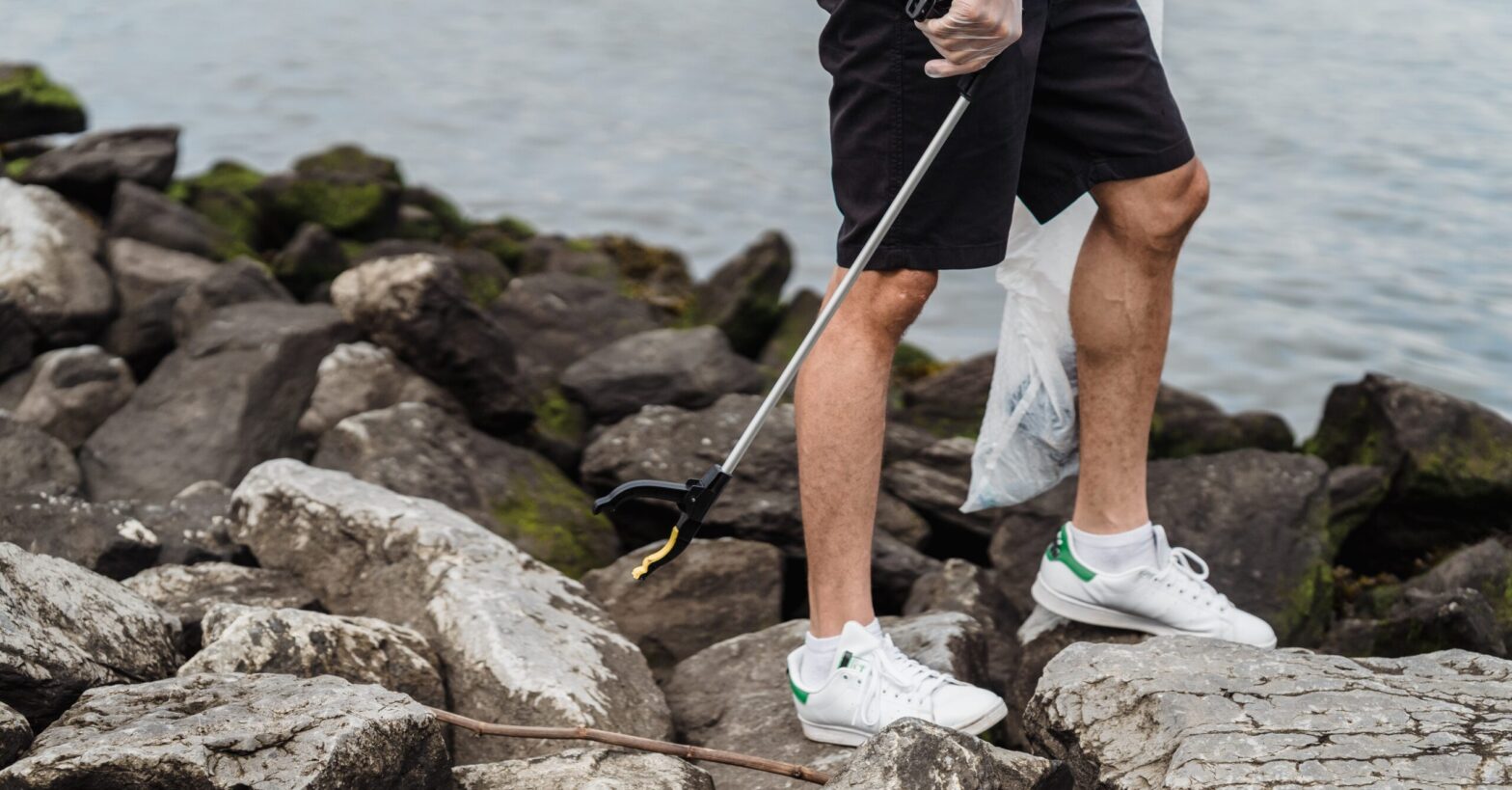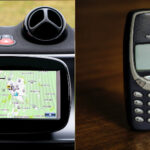During one of your geocaching adventures, you might have seen in geocache info that a “geocaching extraction tool” might be necessary for completing a geocache.
Geocaching extraction tool refers to tools for extracting a geocache from its hiding place that you can’t reach with your hands.
It also refers to tweezers, which are used for extracting a log out of a micro geocache.
You will also see that geocaching extraction tools are often referred to as Tools of the Trade. This name is often abbreviated to TOTT.
Here are some of the most common geocaching extraction tools:
Tweezers
Tweezers are a geocaching extraction tool used for extracting logs from micro or nano caches. Micro or nano caches are often tiny containers with just some rolled logs tucked into them. That’s why some geocachers use tweezers to help extract a log from a tiny container. When you go geocaching for a geocache with a nano or micro container, assume you will need tweezers to extract the log. Logs might also be damaged, and then you can use tweezers to pull out logs without damaging them further. Tweezers are probably the most used geocaching extraction tool in geocacher’s toolkit. That’s why it’s recommended to always carry tweezers on your geocaching adventures.
Swiss Army Knife
Some geocachers also carry Swiss Army knives, which are always useful when you least think you’ll need them. Tweezers are a part of the tools in some Swiss Army knives. Besides tweezers, Swiss Army knives have many other useful tools in their toolkit. From bottle openers to knives and screwdrivers, their versatility makes them indispensable as a geocaching tool.
Geocaching telescopic pole
You may also sometimes encounter geocaches placed in high locations (on a tree branch for example) that can’t be reached with your hands. Such geocaches often have attributes like “special tools needed”, “tree climbing” or “climbing gear needed”. They also have a more difficult D/T rating. If you dislike geocaches like that, you can put them on your ignore list. Other geocachers like them and see them as a challenge. Sometimes, geocachers climb the tree to reach them.
But more often, for the geocaches placed high, geocachers often use geocaching telescopic poles to reach them. The pole is also useful for inspecting and reaching geocaches placed in holes, bushes, and other places where it’s risky to use your own hands.
You can try to search for several variants of this tool and find out which suits you the most. Check out these ones to start with:
Magnetic probe
The magnetic probe is a stick with a magnetic end. The magnetic end is used mostly for picking metal smaller metal caches like nano geocaches.
You can get a telescopic magnetic tool so that you can extend the magnetic probe and retrieve higher geocaches. Also, you can get the one with a light. The light is useful for inspecting geocaches that are hidden in dark areas.
Extendable grabber tool
This is a tool people often use for picking up trash without bending. It has claws in the end which can pick up things by pressing the mechanism at the handle. It’s often extendable too. You can use this one not only for picking up high-placed geocaches but also for picking and clearing things on the ground and the holes where the geocache might be.
Magnetic grabber for mechanics
This is similar to a magnetic probe and a grabber, except that the stick is bendable and the tool has claws at the end. Mechanics use them so they have to be bendable. You can also get this tool if you prefer for the stick to be bendable.
Back scratcher
Some geocachers use the back scratcher as a geocaching telescopic tool. It comes with a variety of different ends and it’s often extendable. So people use it both as a geocaching telescopic pole or geocaching extraction tool, but also for scratching their backs.
Ladders
There are a little bit more rare geocaches that can even be placed so high, that geocachers have to use ladders to retrieve them. Some geocachers even buy telescopic ladders so that they can transport them easier. Those ladders are a bit heavy (about 10kg) but also extendable. When telescopic ladders are not extended, they take up enough space for you to transport them in your car or even carrying them.
Fishing pole
You may also find fishing pole geocaches that are placed in high locations, mostly on trees. They are made to be retrieved with telescopic fishing poles. They are placed about 5 m and 13 m high, and they aren’t meant to be retrieved by climbing or using ladders. For fishing pole geocaches, you should get a telescopic fishing pole with as much extension as possible, like 13 meters for example. Then, you can use the fishing pole as a geocaching extraction tool, and try to reach the geocache. Remember, once you sign the logs, you also have to use the fishing pole to return the geocache back to the same place.





